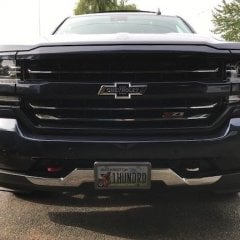Heated seats not working
-
Similar Content
-
14-18 silverado power heated/cooled seats retrofit HELP
By Lael Howard,
- Power heated/cooled seats
- Heated seats
- (and 22 more)
- 6 replies
- 2,777 views
-
Passenger side heated seats button not working
By Stroud415,
- 2015 chevy silverado
- heated seats
- (and 1 more)
- 0 replies
- 1,378 views
-
- 1 reply
- 1,118 views
-
- 6 replies
- 2,266 views
-
- 4 replies
- 1,812 views
-
-
Recently Browsing 0 members
- No registered users viewing this page.
-
Forum Statistics
247.6k
Total Topics2.6m
Total Posts -
Member Statistics
-
Who's Online 6 Members, 0 Anonymous, 832 Guests (See full list)

















Recommended Posts
Join the conversation
You can post now and register later. If you have an account, sign in now to post with your account.